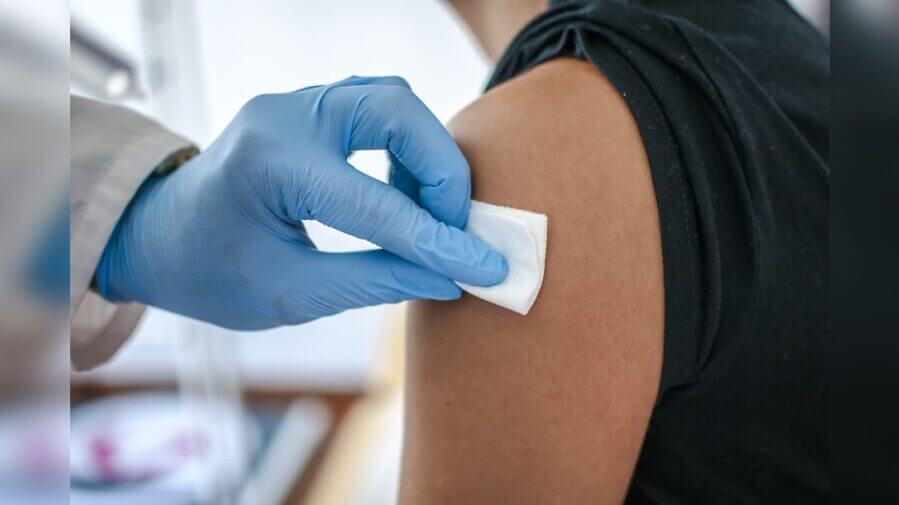While COVID-19 boosters have been found to protect against infection, hospitalization, and severe illness, the waning of their protection has led to uncertainty about when it is most appropriate to get an additional booster shot.
Now, a team of scientists led by faculty at the Yale School of Public Health and the University of North Carolina at Charlotte has an answer: Updated boosters administered on an annual or biannual basis greatly reduce the long-term risk of infection from endemic COVID-19.
Not getting an updated booster shot, they found, triples the risk of future infection compared with annual boosting.
The study, published in the Journal of Medical Virology, is the first to quantify the long-term likelihood of future infection following boosting by updated Moderna or Pfizer vaccines.
“The risk of future infection is strongly linked to the timing of boosting,” said lead author Jeffrey Townsend, Elihu Professor of Biostatistics at Yale School of Public Health and Professor of Ecology and Evolutionary Biology with Yale’s Faculty of Arts and Sciences. “Waiting one and a half years nearly doubles the long-term risk of infection compared to boosting annually.”
Protection against infection requires boosting with updated vaccines that are equipped to counter changes in the virus that occur as part of its natural evolution over time, the researchers said.
“It is important to remember that we are in an arms race against an evolving virus,” said Alex Dornburg, assistant professor at the University of North Carolina at Charlotte, who co-led the study with Townsend. “As we have now seen with previous vaccines, we need to continue to update boosters to match the circulating strain. We already administer annual vaccines for influenza, and the mRNA technology would make updated vaccinations possible on an even more accelerated timescale.”
The researchers found that boosting every six months provided “very strong suppression” of infection. Only one in 10 people who received updated booster shots every six months was projected to contract COVID-19 over a six-year period, according to the study’s analysis.
This analysis showed that three out of 10 people were likely to contract COVID-19 if they received an annual updated booster shot. That figure climbed to nine out of 10 for those that did not get a booster shot at all.
The researchers’ data-driven model of infection risks over time leveraged a large number of immunological studies of SARS-CoV-2, the virus that causes COVID-19, and other coronaviruses. The extensive data available from those studies enabled them to assess the long-term risks of infection at a range of frequencies of boosting.
“These results are based on a typical person with a typical immune response following boosting,” said Townsend. “An important next step will be to quantify the benefits of frequent boosting for those with atypical immune responses due to chemotherapy, immunosuppressants, or other immune challenges.”
Funding for the research was provided by the National Science Foundation.


